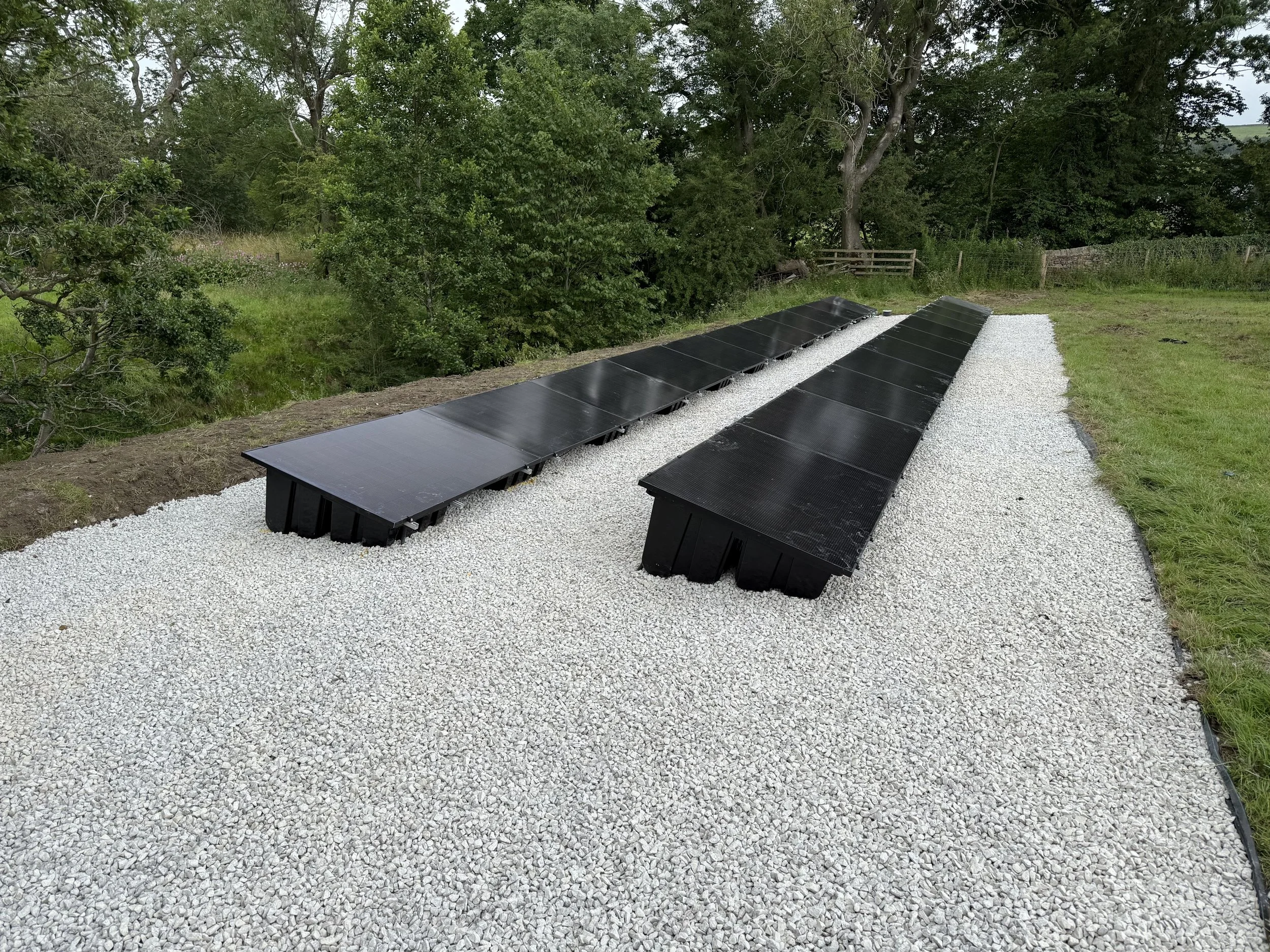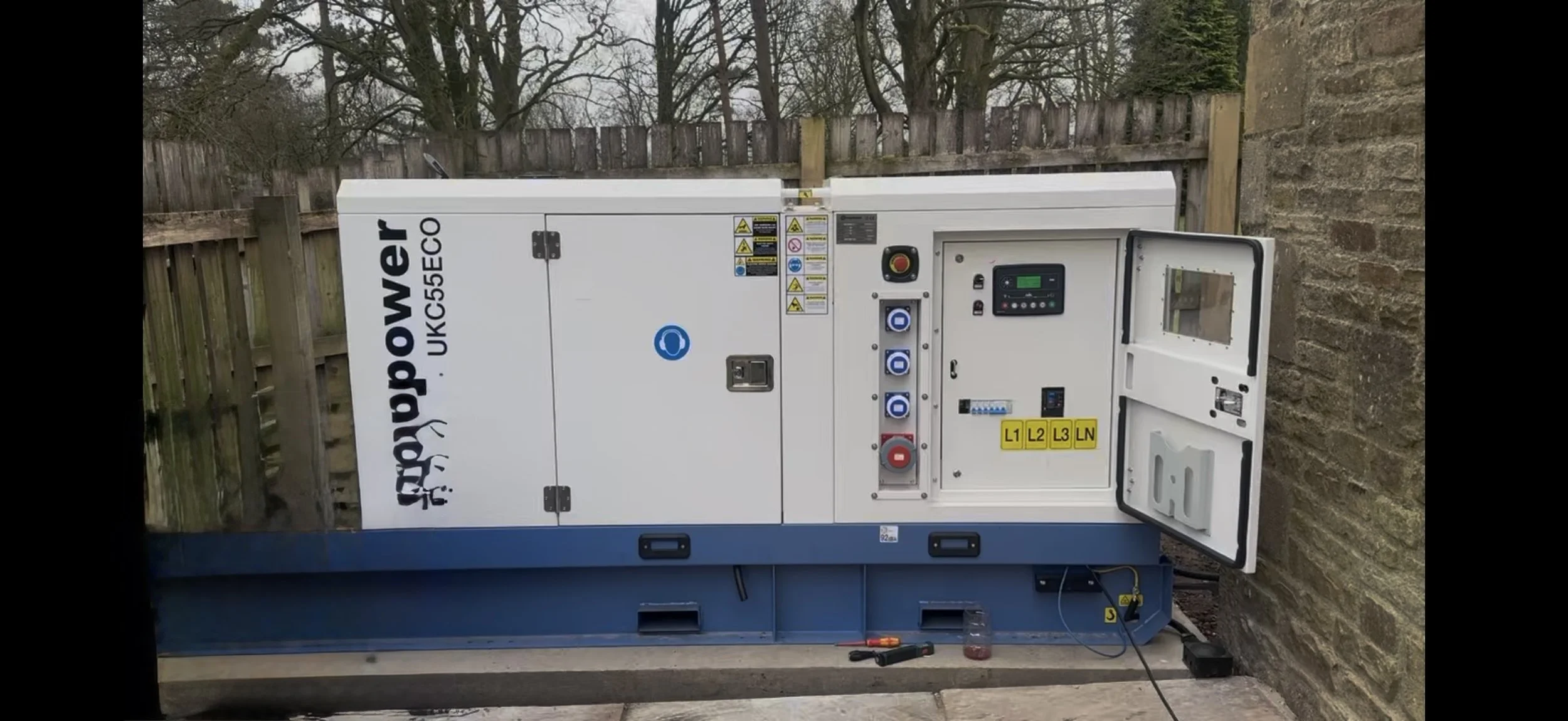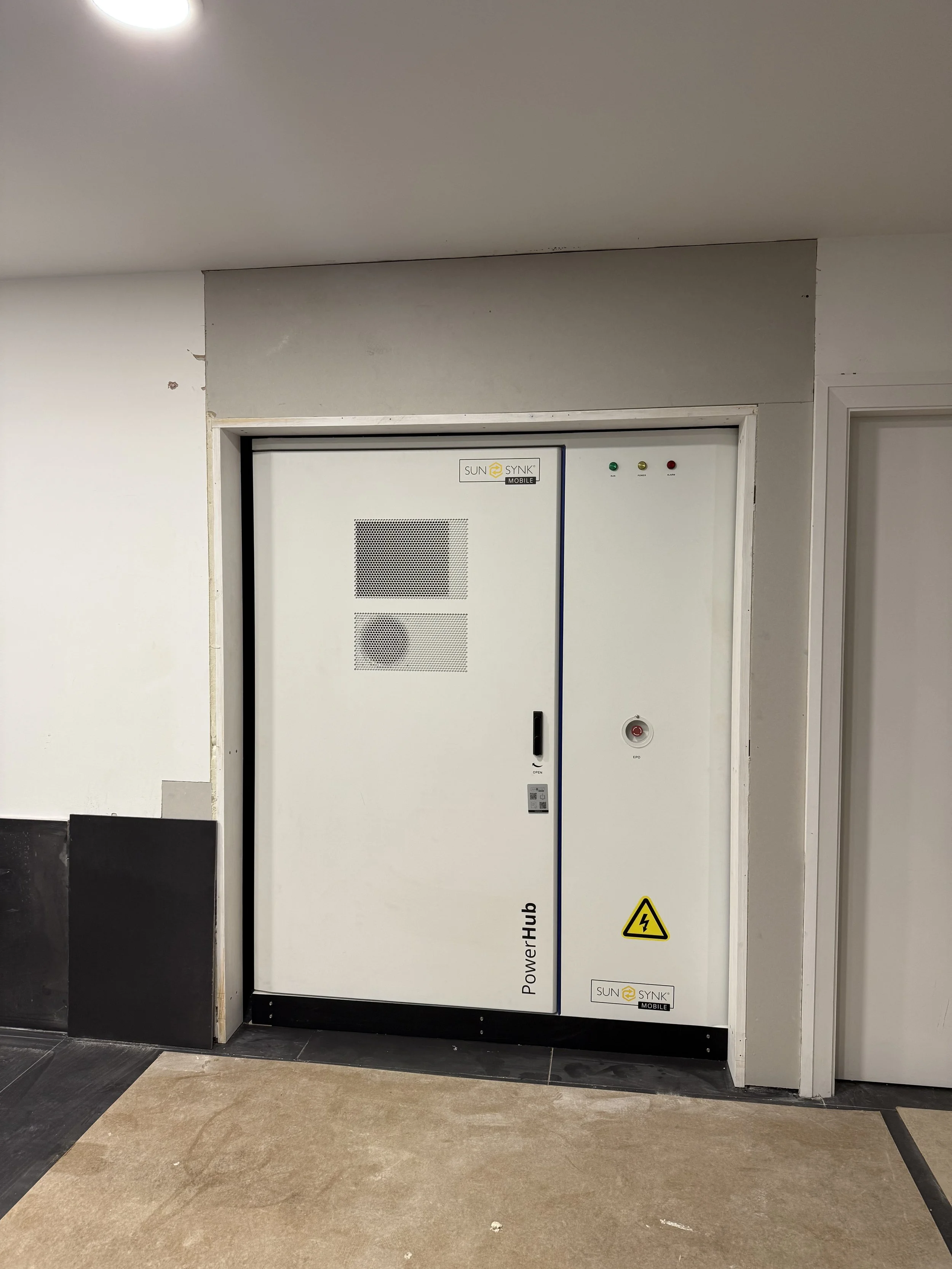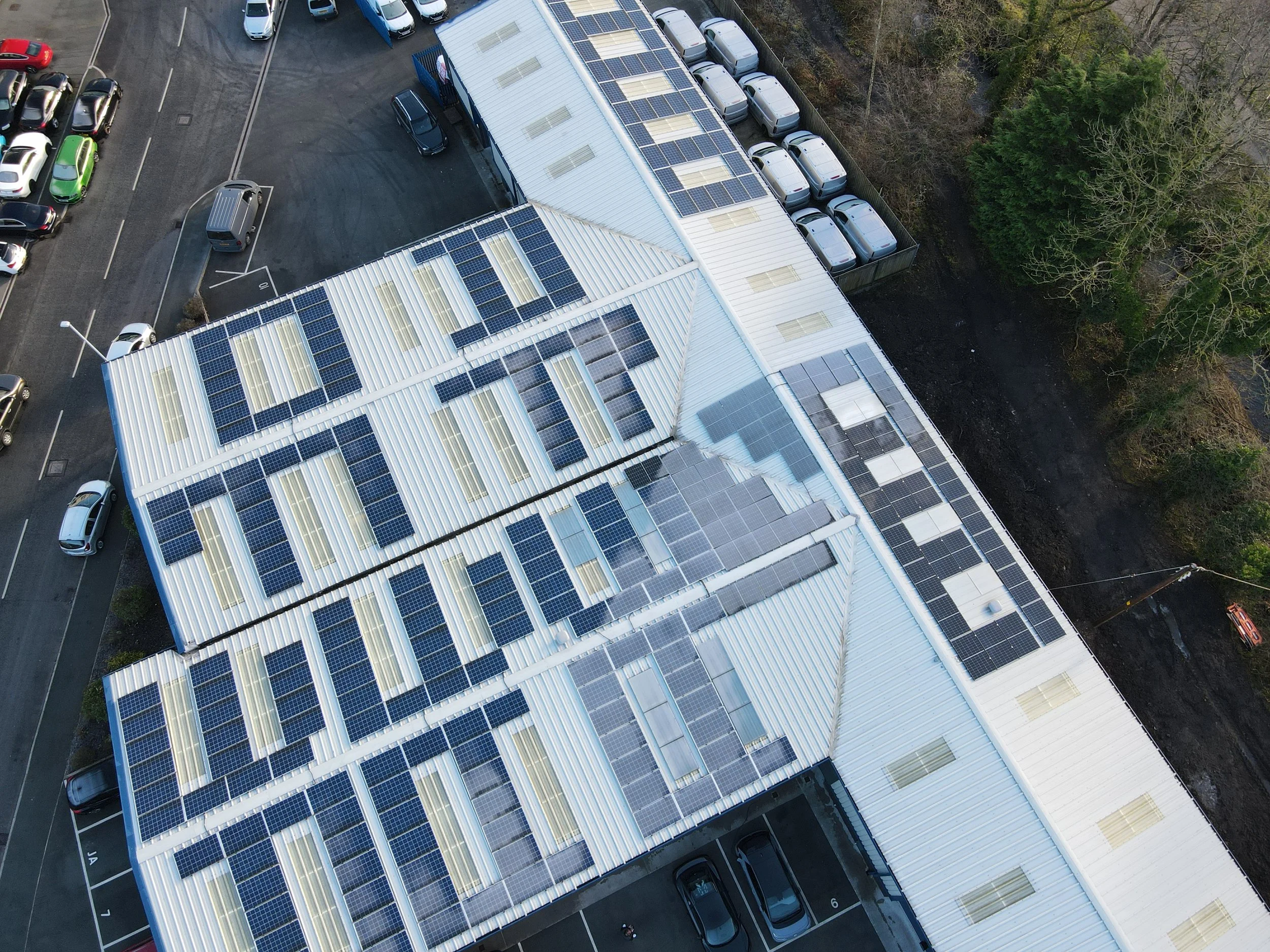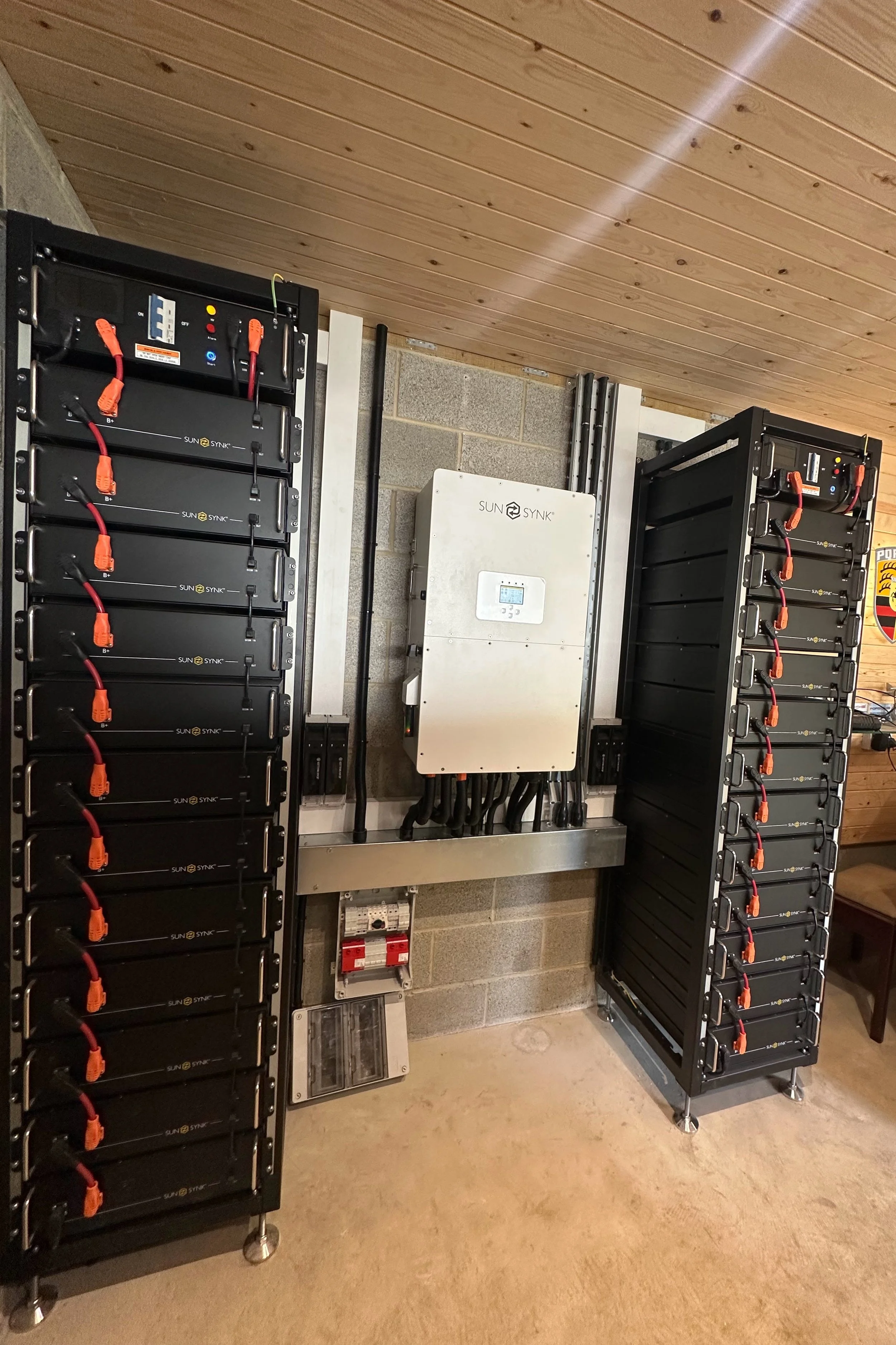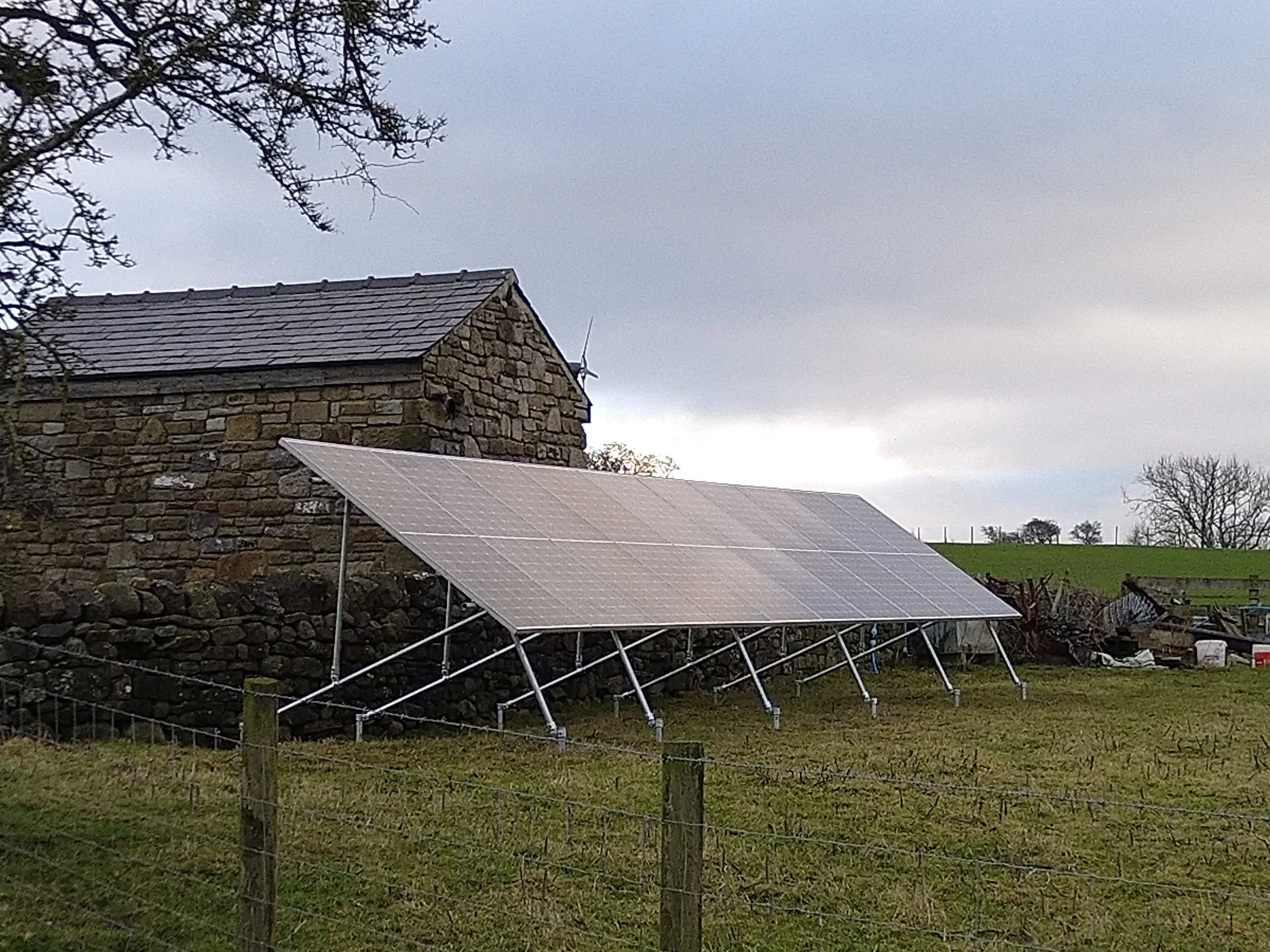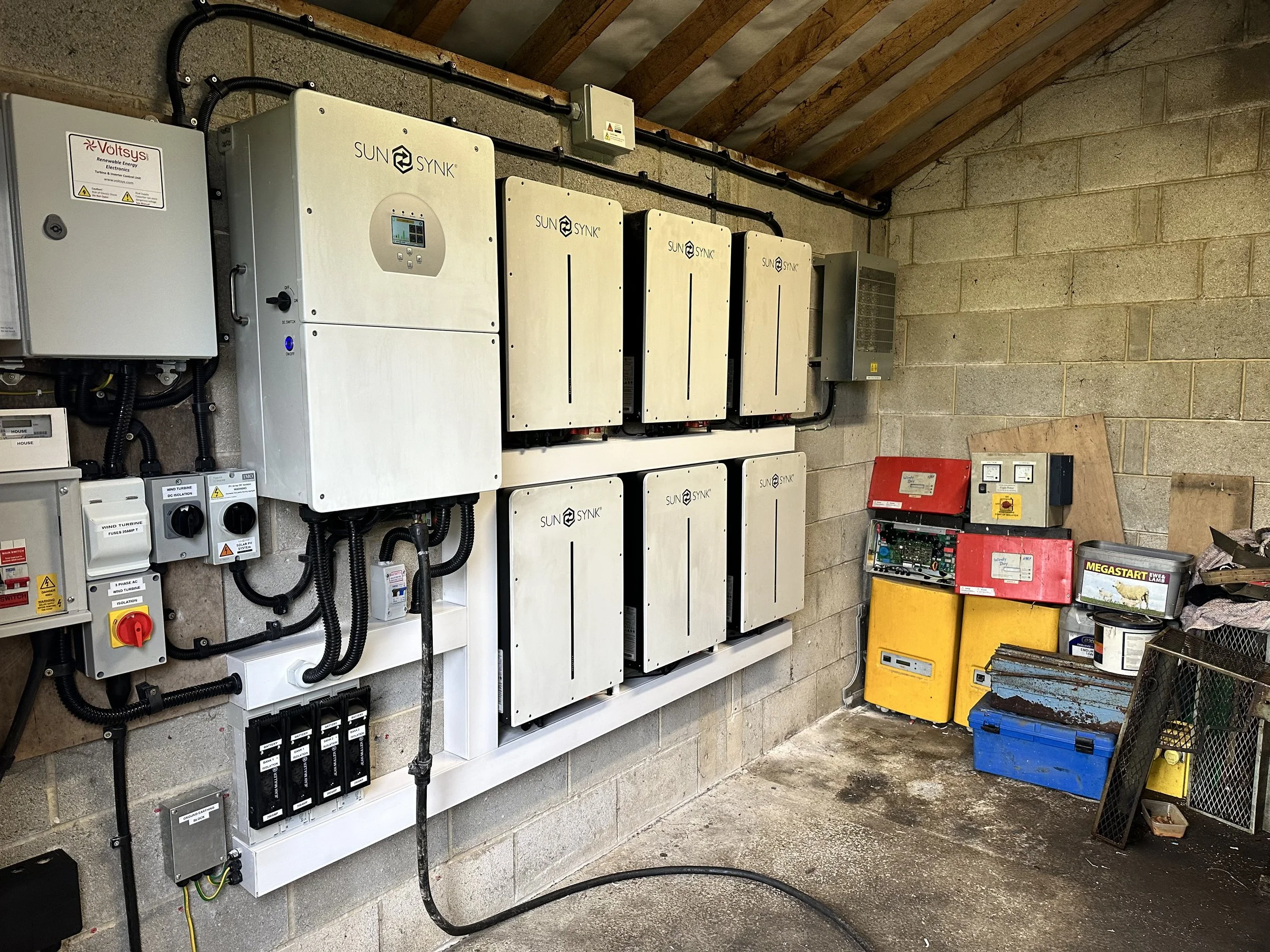
Energy Independence
Control how you generate, use and store your energy.
Energy Independence
Power your home or business without relying on the grid with multiple power sources - you decide, you’re in control…

Custom-Built Systems
Tailored solar, wind, and battery setups designed to meet your specific energy needs with optional grid or generator backup…
Reliable Power, Anywhere
Ideal for remote locations, uninterrupted power supplies for business and sustainable living…
Expert Installation & Support
From planning to maintenance, our team is with you every step of the way…

Cost-Effective & Scalable
We can deliver a solid return on investment with virtually unlimited scalability…
-

Solar Panels
Solar panels are used in a variety of applications, from small-scale residential energy systems to large-scale solar power plants, and are a key component in the generation of clean, renewable energy. They are an essential part of most of our solutions.
-

UPS (Battery)
An uninterrupted power supply (UPS) is at the heart of all of our solutions, storing all the energy you produce so it’s ready when you need it. This enables you to buy off-peak grid power, or store excess power from solar or wind.
-

Wind Power
Unlike solar, wind is available throughout the year. So if practical, can be a very useful additional source of power for your location. We work with a leading turbine manufacturer and together can provide a very effective enhancement to your choice of power.
-

Grid
Grid power is usually reliable, but with our solutions, it can become a backup rather than a primary source of power, shifting control to you.
-

Generator
In the absence of all normally available power sources, a diesel or hydrogen generator can provide an effective emergency power source for your system.
-

Hydro
Hydro is the least common form of power, but when available, possibly one of the most reliable. Our solution lets you tap into this incredible power source.







